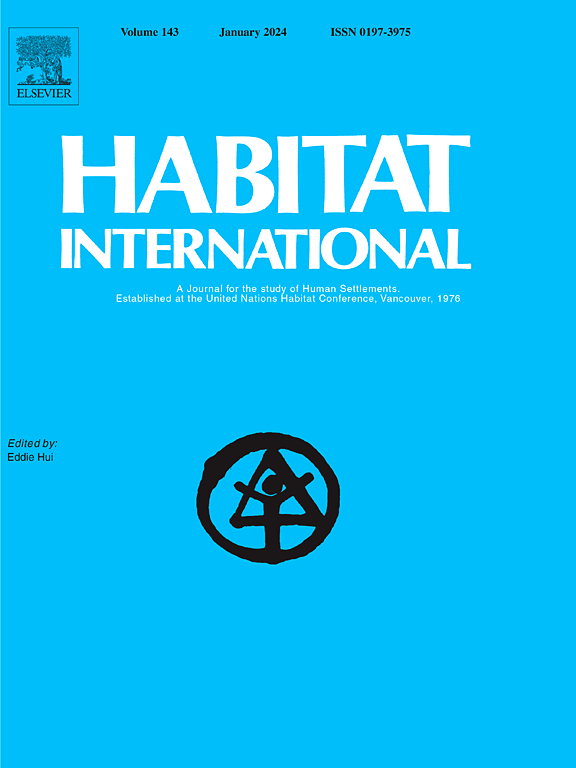Urban land system change: Spatial heterogeneity and driving factors of land use intensity in Wuhan, China
IF 7
1区 经济学
Q1 DEVELOPMENT STUDIES
引用次数: 0
Abstract
The direct impacts of urban expansion on ecosystems' sustainability has been discussed extensively, however, our understanding of the changes, consequences and drivers of land use intensity (LUI) in urbanizing areas remains inadequate, especially when LUI changes while land type maintains. We construct a framework coupling land cover and socioeconomic systems to examine spatial-temporal characteristics and drivers of the LUI in Wuhan City, China from 2000 to 2020. We find that the growth of LUI of Human-settlement Systems (HS) lags far behind the rate of its area expansion, showing low-density sprawl. The LUI of Cropland Systems (CS) was found to increase with the distance from city center unexpectedly for urbanization and planning reasons. The Forest Systems (FS) and Wetland Systems (WS) remain relatively stable. For the same land type, the locational factors, especially the distance from the city center, is a key determinant of land use intensity heterogeneity. This study provides insights into intensity rather than merely investigating the type change of land use, renders policy suggestions for efficient land use of each subsystem as well.
武汉城市土地系统变化:土地利用强度的空间异质性及驱动因素
城市扩张对生态系统可持续性的直接影响已被广泛讨论,然而,我们对城市化地区土地利用强度(LUI)的变化、后果和驱动因素的理解仍然不足,特别是当土地利用强度发生变化而土地类型保持不变时。本文构建了一个土地覆盖与社会经济系统耦合的框架,分析了2000 - 2020年武汉市土地覆被的时空特征及其驱动因素。研究发现,人类住区系统(HS)的LUI增长远远落后于其面积扩张的速度,呈现出低密度的蔓延。由于城市化和规划的原因,耕地系统(CS)的LUI随距离城市中心的距离而意外增加。森林系统(FS)和湿地系统(WS)相对稳定。对于同一土地类型,区位因子,特别是距离城市中心的距离,是土地利用强度异质性的关键决定因素。本研究不仅考察了土地利用类型的变化,还对土地利用强度进行了深入的分析,并对各子系统的土地利用效率提出了政策建议。
本文章由计算机程序翻译,如有差异,请以英文原文为准。
求助全文
约1分钟内获得全文
求助全文
来源期刊

Habitat International
Multiple-
CiteScore
10.50
自引率
10.30%
发文量
151
审稿时长
38 days
期刊介绍:
Habitat International is dedicated to the study of urban and rural human settlements: their planning, design, production and management. Its main focus is on urbanisation in its broadest sense in the developing world. However, increasingly the interrelationships and linkages between cities and towns in the developing and developed worlds are becoming apparent and solutions to the problems that result are urgently required. The economic, social, technological and political systems of the world are intertwined and changes in one region almost always affect other regions.
 求助内容:
求助内容: 应助结果提醒方式:
应助结果提醒方式:


